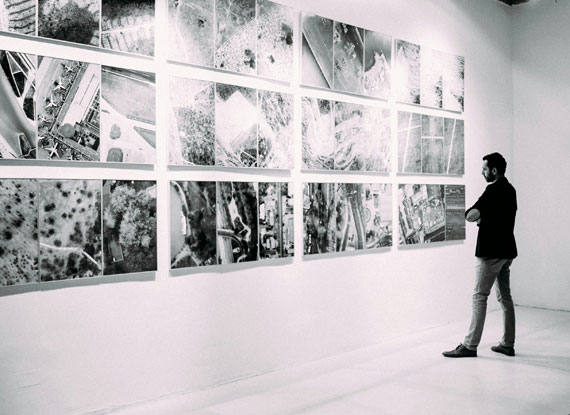Creating high-quality prints of photographs involves numerous considerations, with one of the most critical being the print resolution. The print resolution, measured in dots per inch (DPI), determines the level of detail and clarity of the printed image. The optimal DPI setting depends on various factors, including the purpose of the print, the viewing distance, and the capabilities of the printer. In this blog post, we’ll explore how to choose the right print resolution for your photographs to ensure the best quality.

Photo captured by Antenna
Understanding Print Resolution
Print resolution refers to the number of dots of ink a printer can produce within an inch. A higher DPI means more dots per inch, resulting in a sharper and more detailed image. However, the effectiveness of high DPI values depends on the printer’s capabilities and the quality of the original photograph.
Standard Print Resolutions
- Low-Resolution Prints (72 to 100 DPI): Suitable for large banners or prints that will be viewed from a distance. At close range, the image will appear pixelated.
- Medium Resolution Prints (150 to 300 DPI): Ideal for standard photo prints, such as 4×6 inches or 5×7 inches. This range provides a good balance between quality and file size.
- High-Resolution Prints (300 to 600 DPI): Recommended for high-quality prints, especially for professional photographs or detailed artwork. This range is often used for prints that will be viewed up close, such as portrait photographs or fine art prints.
Factors to Consider
- Purpose of the Print: Determine what the print will be used for. Decorative art pieces or professional portraits require higher resolutions than a standard photo album print.
- Viewing Distance: Consider how close viewers will be to the print. The closer the viewing distance, the higher the resolution should be to maintain image clarity.
- Printer Capabilities: Ensure your printer can handle the desired DPI. Some consumer-grade printers may not print effectively at very high resolutions, leading to wasted ink without a noticeable increase in quality.
- Original Photo Quality: The resolution of the original photograph limits the print resolution. Enlarging a low-resolution photo for a high-DPI print can result in a blurry image.
Recommended Resolutions by Print Size
- Small Prints (up to 5×7 inches): 300 DPI is typically sufficient for clear and detailed prints.
- Medium Prints (8×10 to 11×14 inches): 300 DPI is still recommended, though you can sometimes get away with a slightly lower resolution if the original photo quality is high.
- Large Prints (larger than 11×14 inches): 200-300 DPI can be adequate, especially for prints viewed from a moderate distance. For very large prints or banners viewed from further away, 150 DPI might be sufficient.
Recap:
Choosing the right print resolution is vital for producing high-quality photographs. While 300 DPI is a good standard for most prints, consider the purpose, viewing distance, printer capabilities, and original photo quality when determining the best resolution for your needs. Experimenting with different resolutions and print sizes can also help you find the perfect balance for your specific project. Remember, a higher DPI isn’t always better; it’s about finding the right setting for the desired outcome.
For Help Increasing Photo Resolution:
In photo editing news, Topaz Labs just announced a new update to Gigapixel AI (version 7). Designed to upscale your photos by up to 600%, rebuilt from the ground up to be better and faster.
![]()
Generate more resolution in your images – allowing you to digitally crop and upscale without loss of pixels. Perfect for large-format prints where every pixel counts.
See how it works: Gigapixel A.I. Version 7
- - - - - - - - - - - - - - - - - - - - - - - - - - - - - - - - - - - - - - - - - - - - - - - - - - - - - - - - - - - - - - - - - - - - - - - - - -
This post Choosing the Perfect Print Resolution for Your Photos appeared on PictureCorrect.
from PictureCorrect https://ift.tt/YI6py7V
via IFTTT






0 kommenttia:
Lähetä kommentti